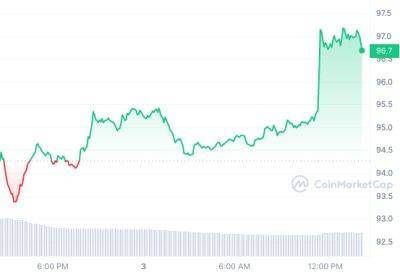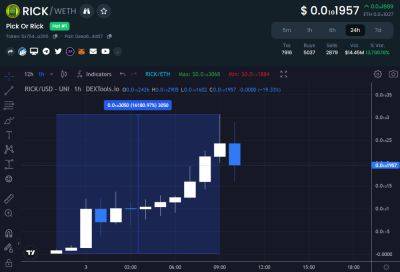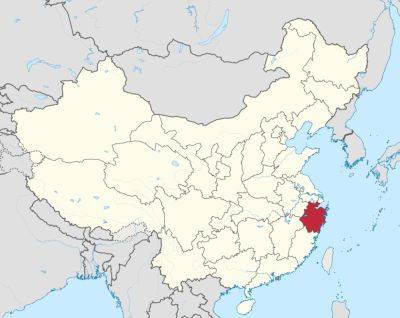Is running Royal Mail the most impossible job on the FTSE?
A s he sprang up on screen delivering another cheery missive from his car, Simon Thompson had a touch of the travelling salesman about him. It was early 2021 and the former Ocado executive was touring Royal Mail’s offices not long after taking the top job there, addressing his 100,000 new charges by video with his familiar “hi team” refrain.
Fast forward to late 2022 and thousands of angry postal workers dressed in bright pink high-vis clothing were thundering outside parliament, shouting “we want Thompson out”. A school child on the picket line sang ditties urging his departure. The regular perky videos to staff, seen as red rags to the Communication Workers’ Union bull, had been quietly ditched.
Now, with a pay deal and commitments on working patterns and leave policies agreed after a year of union talks, Thompson has resigned. The company will report its annual results on 18 May.
Onlookers claim his tenure fits an all-too-familiar playbook at the 507-year-oldbusiness. “There’s a repeat pattern,” says one former board director. “The chief executive arrives thinking they can bring change, plays nice with the union for a while, agrees a pay deal in return for change and then that change is not implemented. Then the pattern starts again.”
Here’s how each boss has handled the lucrative but difficult job over the past two decades:
Adam Crozier became chief executive in 2003. Unlike his immediate predecessors, Bill Cockburn and John Roberts, who rose from Post Office telegram boys, the ex-boss of the Football Association was an outsider. Sources say Crozier brought a calmer, tie-less and less formal image to the role. Insiders say he set a new tone, starting early and finishing by 5pm to return home to his family.
He was
Read more on theguardian.com

















